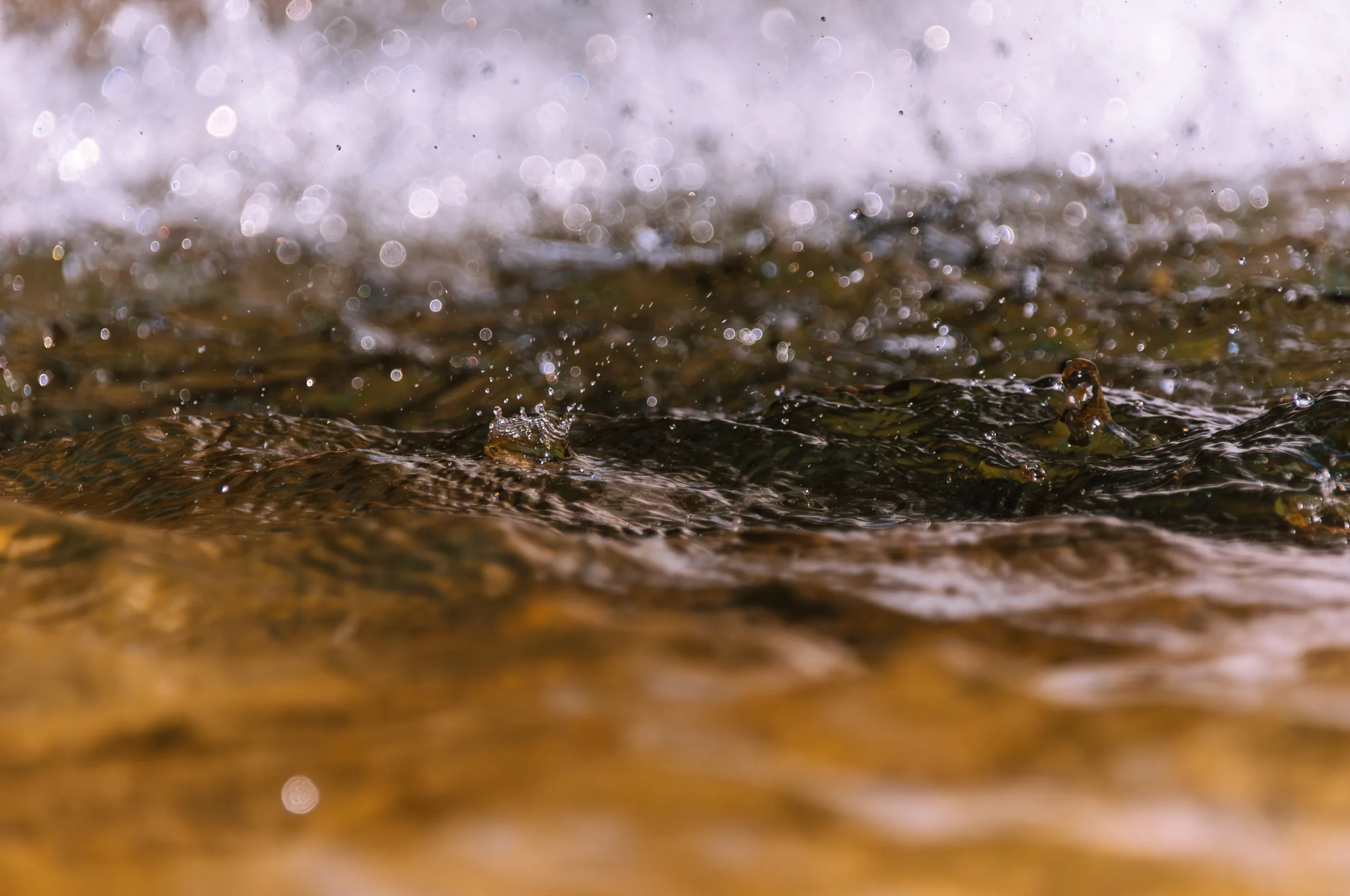Emulsifiers are the invisible heroes behind every smooth lotion, creamy shampoo, and stable cosmetic. At BookChem, we believe understanding emulsifier chemistry is essential for formulators aiming to create high-performance, stable products. This guide will walk you through the fundamentals, types, and selection criteria for emulsifiers in personal care and industrial applications.
1. What Is an Emulsifier?
An emulsifier is a molecule that enables oil and water—normally immiscible—to form a stable mixture called an emulsion. It does this by lowering the interfacial tension between the two phases and forming a protective film around oil droplets, preventing them from coalescing and separating.
- Hydrophilic–Lipophilic Balance (HLB): Each emulsifier has an HLB value indicating its balance of water-loving (hydrophilic) and oil-loving (lipophilic) character. High HLB (8–18) favors oil-in-water (O/W) systems; low HLB (3–6) suits water-in-oil (W/O) systems.
2. Main Types of Emulsifiers
2.1 Oil-in-Water (O/W) Emulsifiers
- Function: Disperse oil droplets in a continuous water phase.
- Common Examples: Polysorbate 20, PEG-100 Stearate, Glyceryl Stearate SE.
- Applications: Lotions, creams, milk cleansers, hair conditioners.
2.2 Water-in-Oil (W/O) Emulsifiers
- Function: Disperse water droplets in a continuous oil phase.
- Common Examples: Sorbitan Sesquioleate, Cetyl Dimethicone Copolyol, Polyglyceryl-3 Diisostearate.
- Applications: Rich night creams, lipstick, protective ointments.
2.3 Polymeric & Natural Emulsifiers
- Function: Provide viscosity, stability, and “clean label” appeal.
- Common Examples: Acrylates/C10-30 Alkyl Acrylate Crosspolymer, Lecithin, Sclerotium Gum.
- Applications: Natural skincare lines, clear gels, low-energy processes.
3. How to Choose the Right Emulsifier
Selecting the optimal emulsifier depends on:
- HLB Requirement: Match the emulsifier HLB to your desired O/W or W/O system.
- Rheology & Texture: Some emulsifiers impart a silky feel, others create a rich, heavy emulsion.
- Stability Needs: For high-shear or temperature-sensitive products, choose polymeric or silicone-modified emulsifiers.
- Regulatory & Labeling: For “natural” or “organic” claims, opt for plant-derived or ECOCERT-approved emulsifiers.
- Compatibility: Ensure the chosen emulsifier works with your active ingredients, preservatives, and perfume components.
4. BookChem Emulsifier Portfolio
At BookChem, we offer a comprehensive range of emulsifying agents to suit any formulation challenge:
| Category | Key Products | Highlights |
|---|---|---|
| O/W Emulsifiers | Polysorbate 60, PEG-40 Hydrogenated Castor Oil | Gentle, high HLB, clear and stable |
| W/O Emulsifiers | Sorbitan Olivate, PEG-30 Dipolyhydroxystearate | Rich texture, water-resistant |
| Natural & Polymeric | Lecithin, Carbomer, Xanthan Gum | Clean label, viscosity control |
| Silicone-Based | Cyclopentasiloxane/Dimethicone Copolyol | Elegant feel, spreadability |
5. Practical Tips for Formulation Success
- Phase Addition: Add oil-soluble emulsifiers in the oil phase and water-soluble ones in the water phase.
- Temperature Control: Heat both phases to 70–75 °C for homogenous mixing, then cool under shear.
- Homogenization: Use high-shear mixers for fine droplet size and enhanced stability.
- pH Adjustment: After emulsification, adjust pH to 5–6 for skin-friendly products.
Conclusion & Next Steps
Emulsifiers are the backbone of any stable emulsion. By understanding HLB, rheology impacts, and regulatory factors, you can select the perfect agent for your formula. BookChem stands ready to support your R&D with technical data, samples, and formulation expertise.
Ready to formulate your next emulsion?
Contact BookChem today for personalized guidance and high-quality emulsifiers.

